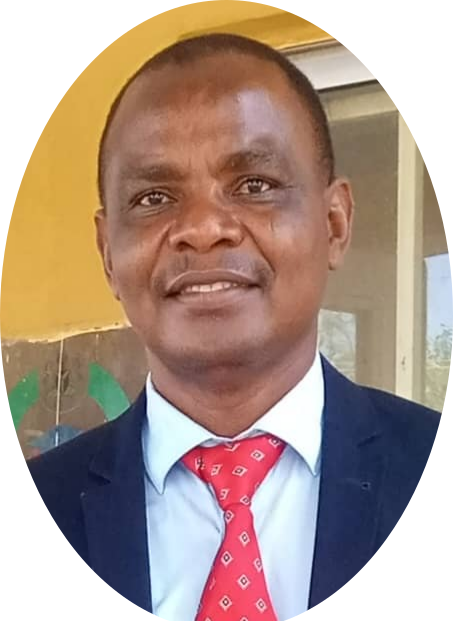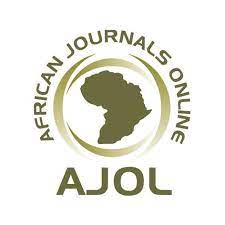Application of Google Earth Engine and JavaScript API to Mapping Vegetation and Land Use Types in Nasarawa LGA
Keywords:
Sentinel Satellite, Google Earth Engine, Vegetation Mapping, Land Use Mapping, Javascript Programming, Application Programming InterfaceAbstract
BACKGROND: Nasarawa is a local government area (LGA) within Nasarawa state, northcentral Nigeria characterized by solid mineral exploration and farming activities. It is known to have vast amount of water bodies that flows into the Benue River from the north. These events have great potential of altering the land use land cover (LULC) classification over time. This paper presents a comprehensive study on the application of Google Earth Engine (GEE) and JavaScript API for mapping vegetation and land use types in Nasarawa Local Government Area (LGA). Nasarawa LGA, located in Nigeria, represents a region with diverse ecosystems and land use patterns, making it an ideal case study for this research. AIM/OBJECTIVE(S): Aim of the paper is to develop a methodology for mapping vegetation and land use types in Nasarawa Local Government Area (LGA) using Google Earth Engine (GEE) and JavaScript API. The objective of this paper is to reliably map vegetation or forest cover and land uses by retrieving image collection from Sentinel constellation of satellites “Sentinel-2 Multispectral Instrument (Sentinel-2 MSI)” developed by European Space Agency (ESA) and to also use cloud-based remote sensing ‘Google Earth Engine (GEE)’ platform with the JavaScript application programming interface (API). METHODOLOGY: In this paper, vegetation and land use map of Nasarawa LGA was prepared using Sentinel-2 satellite data for both dry (November - April) and rainy (April - October) seasons of the year 2021 through 2022. Images mainly from ‘32PLQ’ and ‘32NLP’ granule or tile identifiers that covers the study area where used. Several earth engine JavaScript API were utilized to prepare the map, chart and calculate vegetation indexes. RESEARCH FINDINGS: Mapping results indicates Nasarawa LGA was 23.29% forested, 74.72% vegetated, 0.50% Built-up and 1.49% watered. The results provide valuable insights into the current vegetation and land use patterns in Nasarawa LGA, facilitating informed decisionmaking for land management, conservation efforts, and sustainable development. Furthermore, the methodology presented in this research serves as a valuable resource for researchers and practitioners seeking to employ GEE and JavaScript API in similar environmental mapping projects. CONCLUSION: The output of this study is invaluable for decision-makers at all level of government, environmental scientists, nature-related NGOs, farmers and agriculture investors. The application of GEE and JavaScript API has empowered us to contribute to the understanding of Nasarawa LGA's land cover dynamics
Downloads
Published
How to Cite
Issue
Section
License
Copyright (c) 2024 Global Journal of the Built Environment (GJBE)

This work is licensed under a Creative Commons Attribution-NonCommercial-NoDerivatives 4.0 International License.






